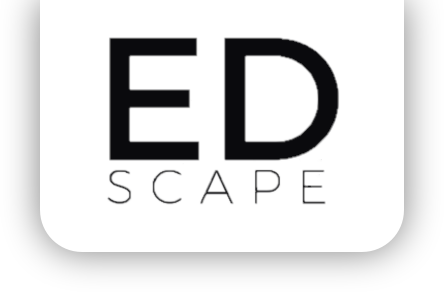EdScape is organized into five chapters on topics essential to make decisions about whether, where, and what type of additional public schools, facilities, and programs are needed in Washington, DC. These include: population and students, public schools, public school facilities, enrollment patterns, and neighborhood factors.
Each chapter on the EdScape website includes a series of interactive Tableau dashboards that allow visitors to dig into the information and analyze it by such dimensions as school year, grade level, geography (Comprehensive Plan planning areas, 2022 or 2012 wards, or neighborhood), or public education sector (DCPS or public charter). Many dashboards have interactive elements such as filters, interactive legends, and tooltips with additional information. Each dashboard has its own downloadable data file that users can access at the bottom of the page.
The following are some ways that schools, policy makers, community partners, and community members may use EdScape.
- School leader: A public school leader wants to identify where to locate a new dual language program that is close to students who are English learners. The public school staff compares where English learners live and how far they travel from home to school. In addition, the school staff looks at the location of existing dual language programs and where they attract their students from.
- Policy maker: Policy makers interested in understanding the impact of new residential development in particular parts of the city can learn how many students live in apartments, condos, and single family homes and how many new public school students may potentially live in new residential developments in the future. The policy maker can apply the enrollment trends of nearby existing public school students to estimate whether the new potential public school students will enroll at their in boundary DCPS school, another out of boundary or citywide DCPS school, or a public charter school.
- Out of school time provider: An out of school time provider focused on middle and high school students trying to identify the best location to encourage participation can analyze school enrollment by grade span over time, as well as analyze where middle and high school students live and travel to school. The provider can also analyze the forecasted population growth by neighborhood to determine where there may be increases (or decreases) in estimated middle and high school age children.
- Community member: A community member can analyze the data about facility utilization, grade-level enrollment trends, and population forecasts to determine whether a recently announced new school, program, or policy aligns with the broader citywide trends.


